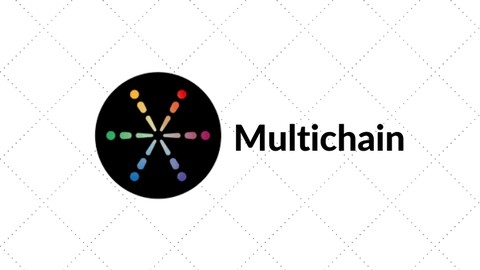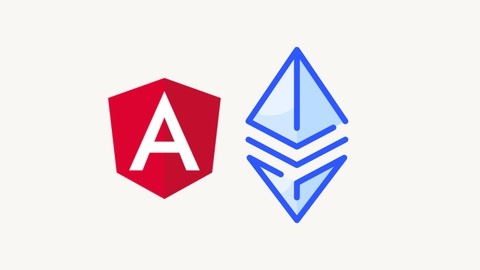Multichain is a powerful platform that allows developers to create and manage private blockchains, making it possible to build secure and decentralized applications tailored to specific needs.
Multichain provides a way to connect different blockchains, enabling cross-chain communication and asset transfers.
Learning Multichain can open doors to exciting opportunities in blockchain development, allowing you to build secure and interoperable applications across various blockchains.
Finding a high-quality Multichain course on Udemy that truly delivers on its promises can be a daunting task.
You’re looking for a course that goes beyond theory, providing practical experience and hands-on projects to solidify your understanding of Multichain and its applications.
For the best course overall on Udemy, we recommend Private Blockchain: Multichain Blockchain Development Course.
This course provides a comprehensive introduction to Multichain and private blockchains, covering everything from setup and configuration to working with assets and streams.
The course is packed with hands-on exercises and real-world examples, ensuring you develop a practical understanding of Multichain development.
While Private Blockchain: Multichain Blockchain Development Course is our top pick, other excellent options are available.
Keep reading for more recommendations tailored to specific needs, learning styles, and career goals.
Private Blockchain: Multichain Blockchain Development Course
Best Udemy course for mastering Multichain private blockchains and asset management.
The course starts with an introduction to Multichain and private blockchains, explaining the key differences between public and private blockchains.
You’ll learn about Multichain’s features and architecture before diving into the setup process.
For the hands-on part, you’ll set up Multichain on Windows and Linux, create your own private blockchain, and connect additional nodes.
The course covers essential Multichain commands like getInfo, getaddresses, and listpermissions to interact with the blockchain.
A major focus is on Multichain assets.
You’ll go through the steps to create a new asset, grant permissions to other nodes, transfer assets, and check balances.
Similarly, you’ll learn how to work with streams - creating new streams, writing data from multiple nodes, and reading that data.
The course also covers Multichain mining, taking you through the high-level steps and executing the mining process.
Additionally, you’ll learn about Multichain’s JSON API and how to invoke its functions through the API.
You’ll gain practical experience in setting up a private blockchain, working with assets and streams, mining, and interacting with the API.
The syllabus covers all the key aspects you’d need to get started with Multichain development.
Build a Multichain Web3 DAPP in Angular using WAGMI
Best Udemy course for learning Multichain smart contract development on Ethereum with Angular.
The course starts with an introduction to what you’ll be building - a decentralized application (dApp) with an auction system for non-fungible tokens (NFTs) on multiple blockchain networks.
You’ll begin by refreshing your Solidity skills, the programming language for writing smart contracts on Ethereum.
The course covers setting up your development environment and reviews Solidity basics like globals, operators, data structures like arrays and mappings, as well as events, errors, control statements, and inheritance.
You’ll also learn about Ethereum units, calling other contracts, reading balances, and receiving Ether.
With this foundation, you’ll dive into building an auction smart contract, deploying it using Hardhat, and adding an AuctionManager contract.
This hands-on experience will solidify your understanding of smart contract development on Ethereum.
The course then shifts gears to building the Angular dApp.
You’ll learn how to set up an Angular project and create a Web3Service for interacting with the blockchain.
Importantly, you’ll add Multichain support, allowing your dApp to work across multiple blockchain networks like Ethereum, Polygon, and others.
With the Multichain functionality in place, you’ll learn how to read data from the blockchain and write transactions to it using your Angular dApp.
Finally, you’ll build out the complete NFT dApp, including pages for creating auctions, viewing active auctions, and listing all auctions.


